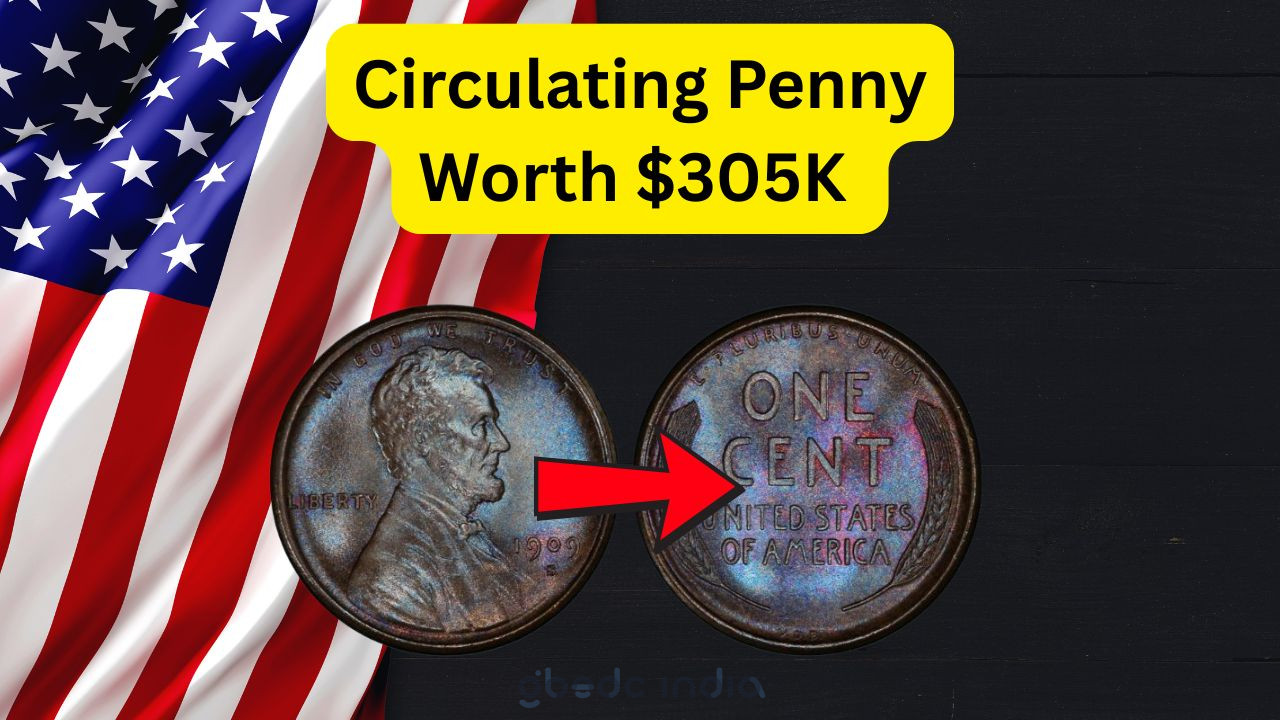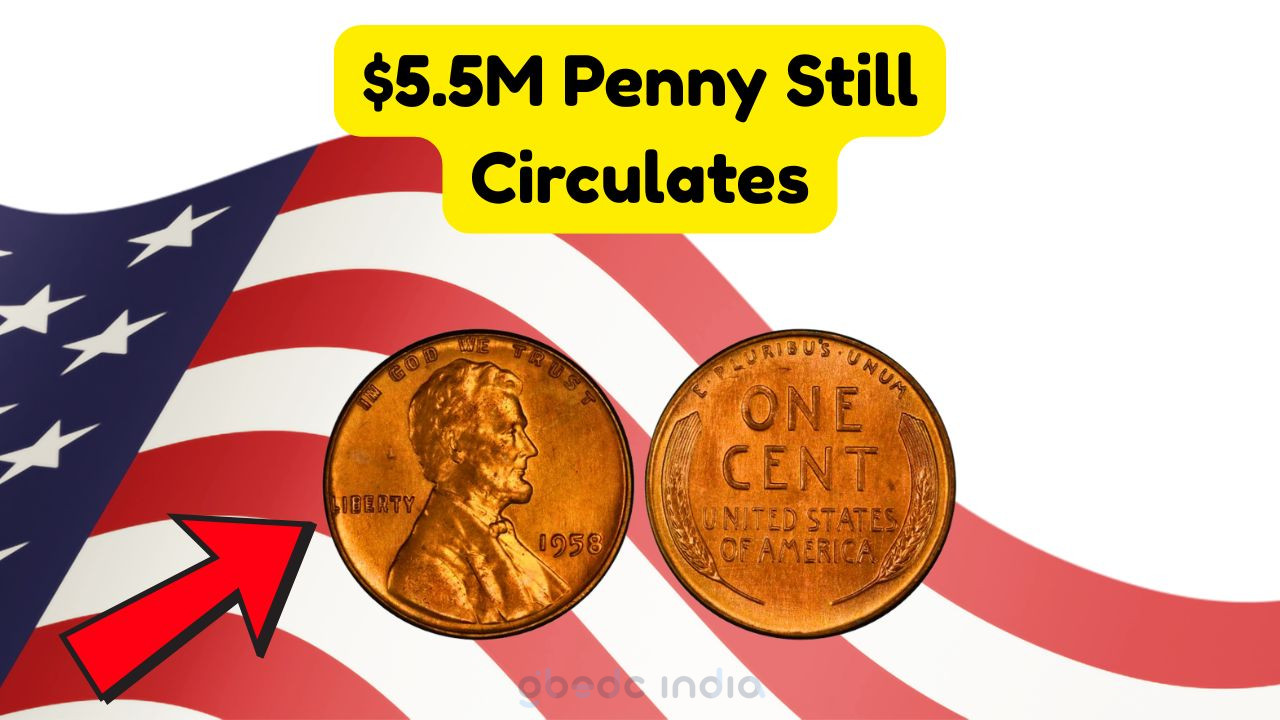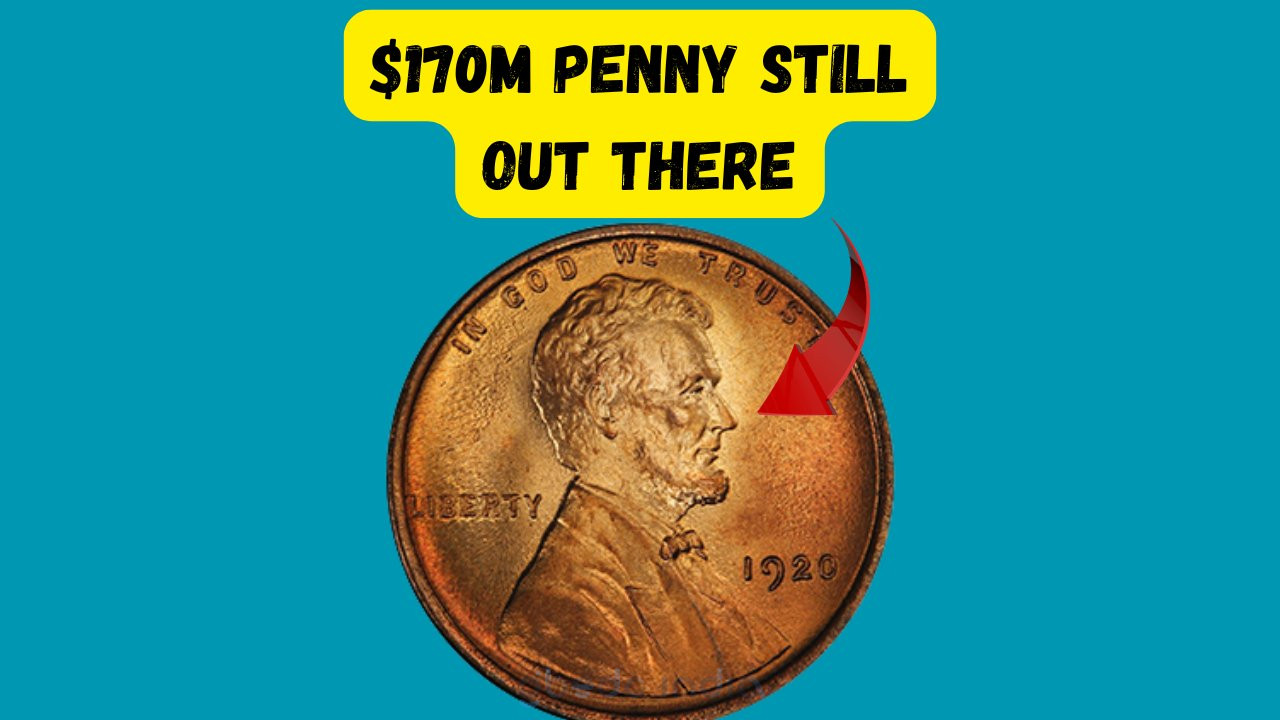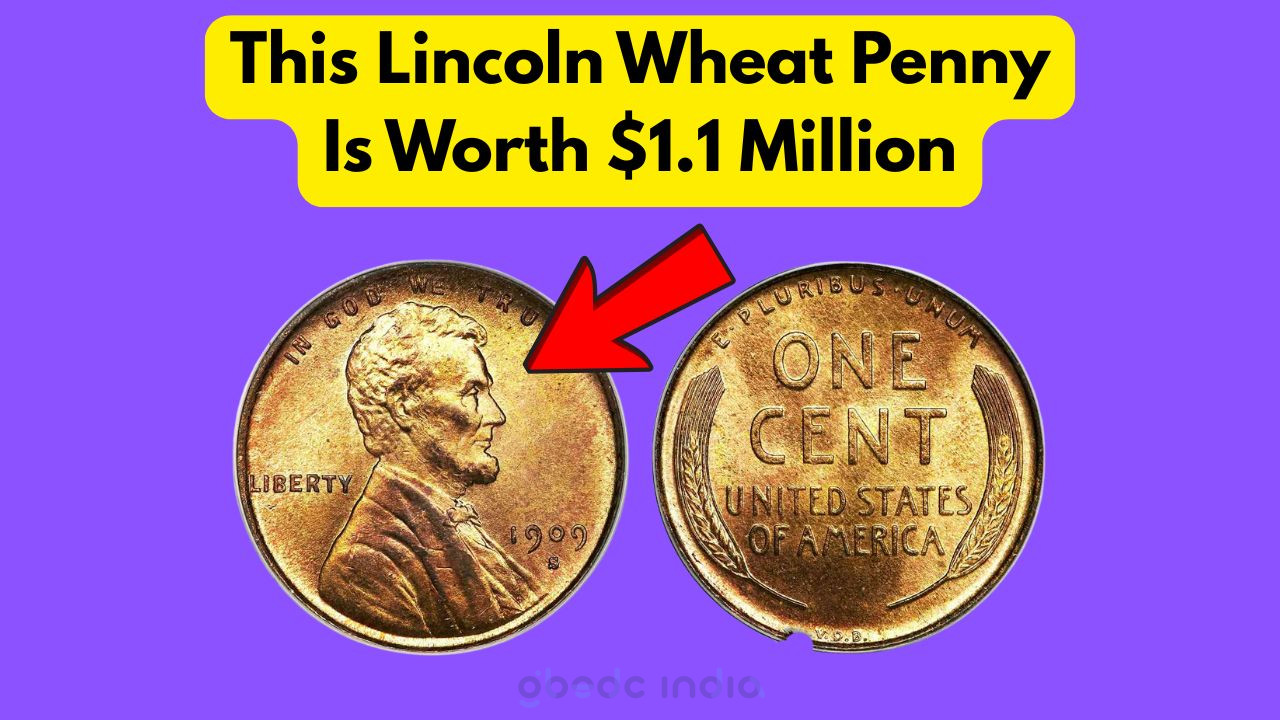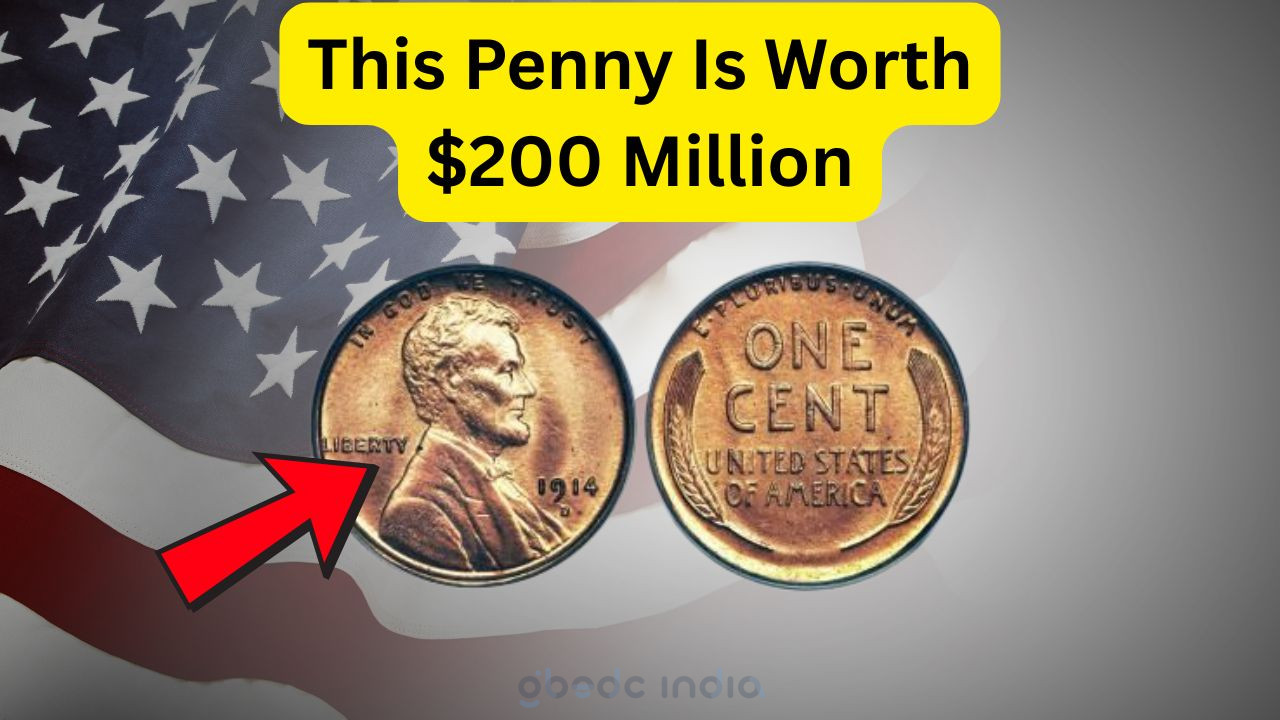Lincoln Wheat Penny
Discovering the Lincoln Wheat Penny: A Treasure in Your Pocket
Lincoln Wheat Penny: The Lincoln Wheat Penny, a small copper coin minted between 1909 and 1958, is more than just a piece of currency. It represents a significant part of American numismatic history. These pennies are sought after by collectors due to their historical value, unique design, and the intriguing stories behind some of their variants. The allure of finding a rare Lincoln Wheat Penny in your pocket, potentially worth up to $305,000, has captivated many enthusiasts and casual collectors alike. Understanding what makes these pennies so valuable can turn an ordinary penny hunt into an exciting treasure quest.
- Introduced in 1909 to commemorate the 100th anniversary of Abraham Lincoln’s birth.
- Designed by Victor David Brenner, featuring Lincoln’s profile on the obverse.
- The reverse displays two stalks of wheat, symbolizing prosperity.
- Minted until 1958, replaced by the Lincoln Memorial cent in 1959.
- Early issues, particularly those with mint errors, are highly valuable.
- Some rare variants, like the 1943 copper penny, are worth significant sums.
Why Some Lincoln Wheat Pennies Are Incredibly Valuable
Understanding why certain Lincoln Wheat Pennies command high prices requires exploring the nuances of mint errors, historical context, and collector demand. Mint errors, such as double dies or off-center strikes, significantly increase a penny’s value. The 1943 copper penny is a prime example, as most pennies that year were made from steel due to wartime copper shortages. Only a few copper versions were mistakenly produced, making them extremely rare and valuable. Additionally, scarcity plays a crucial role; pennies from certain mints or years with low production numbers are more desirable. The 1909-S V.D.B. penny, for instance, is sought after due to its limited mintage and the controversy surrounding the designer’s initials on the reverse.
| Year | Mint Mark | Rarity | Value Range | Notable Features | Design Changes | Error Coins | Market Demand |
|---|---|---|---|---|---|---|---|
| 1909 | S V.D.B. | High | $700 – $2,000 | Initials on reverse | First year | None | Strong |
| 1943 | Copper | Extremely High | $100,000 – $305,000 | Copper during steel year | Material anomaly | None | Very Strong |
| 1955 | Double Die | Medium | $1,000 – $1,800 | Double image | Error | Yes | Moderate |
| 1922 | No D | High | $500 – $2,500 | Missing mint mark | Mint error | Yes | Strong |
| 1931 | S | Medium | $80 – $200 | Low mintage | Regular issue | No | Moderate |
| 1914 | D | High | $200 – $1,500 | Low mintage | Regular issue | No | Strong |
| 1958 | Double Die | Low | $10,000 – $40,000 | Double image | Error | Yes | High |
How to Identify a Valuable Lincoln Wheat Penny
Identifying a valuable Lincoln Wheat Penny requires a keen eye and some basic tools. First, examine the year and mint mark, located just below the date on the obverse side. Pennies from specific years and mints are more valuable than others. Use a magnifying glass to check for mint errors, such as doubled dies or off-center strikes, which can significantly increase a penny’s worth. Pay attention to the penny’s condition; uncirculated or near-mint condition coins command higher prices. Additionally, consult a coin value guide or a professional appraiser to verify the coin’s authenticity and market value. Keeping your eyes open for these details can turn an ordinary pocket find into a collector’s gem.
- Check the year and mint mark for rarity.
- Look for mint errors like double dies or misstrikes.
- Assess the coin’s condition—better condition equals higher value.
- Use a magnifying glass for detailed inspection.
- Consult a coin value guide for market trends.
Preserving the Value of Your Lincoln Wheat Penny
Proper preservation is crucial in maintaining the value of a Lincoln Wheat Penny. To start, store your pennies in a cool, dry place to prevent tarnishing or corrosion, which can diminish their value. Use acid-free containers or coin holders to avoid chemical reactions that can damage the coin’s surface. Handling the coins with clean hands or wearing cotton gloves minimizes the risk of transferring oils and dirt onto the coin. Regularly inspect your collection for signs of deterioration, and consider professional cleaning only when necessary, as improper cleaning can significantly reduce a coin’s value. Following these preservation tips ensures your Lincoln Wheat Pennies remain in top condition, safeguarding their historical and monetary worth.
| Preservation Method | Benefits | Risks | Recommendation |
|---|---|---|---|
| Acid-Free Containers | Prevents chemical damage | Costly | Highly Recommended |
| Coin Holders | Easy handling | Limited protection | Recommended |
| Professional Cleaning | Enhanced appearance | Potential damage | Only if necessary |
| Hand Gloves | Prevents oil transfer | Inconvenience | Recommended |
Understanding Market Trends for Lincoln Wheat Pennies
The market for Lincoln Wheat Pennies is influenced by several factors, including historical significance, rarity, and collector interest. Economic conditions and collector trends can cause fluctuations in penny values. For example, during economic downturns, collectors may be less willing to invest in high-value coins, leading to a temporary dip in prices. Conversely, renewed interest in coin collecting or the discovery of a previously unknown variant can drive prices up. Staying informed about market trends through reliable sources, such as numismatic publications and auctions, helps collectors make informed decisions and potentially capitalize on market shifts.
- Monitor economic conditions and their impact on coin values.
- Stay updated with numismatic publications and auctions.
- Watch for emerging collector trends.
- Consider both short-term and long-term market shifts.
Frequently Asked Questions About Lincoln Wheat Pennies
What makes some Lincoln Wheat Pennies worth $305K?
Rare mint errors and historical anomalies, such as the 1943 copper penny, drastically increase a penny’s value, sometimes reaching $305,000.
How can I tell if my Lincoln Wheat Penny is valuable?
Check the year, mint mark, and condition, and look for mint errors. Consulting a coin value guide can also help determine its worth.
Where can I sell my rare Lincoln Wheat Penny?
Consider selling through reputable auction houses, online marketplaces specialized in numismatics, or to professional coin dealers.
Are all Lincoln Wheat Pennies valuable?
Not all are valuable; only specific years, mint marks, and error coins hold significant value due to rarity and demand.
How should I store my Lincoln Wheat Pennies?
Store them in acid-free containers or coin holders in a cool, dry place to preserve their condition and value.
